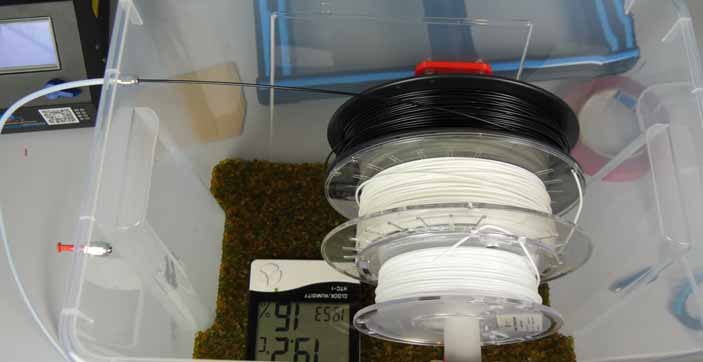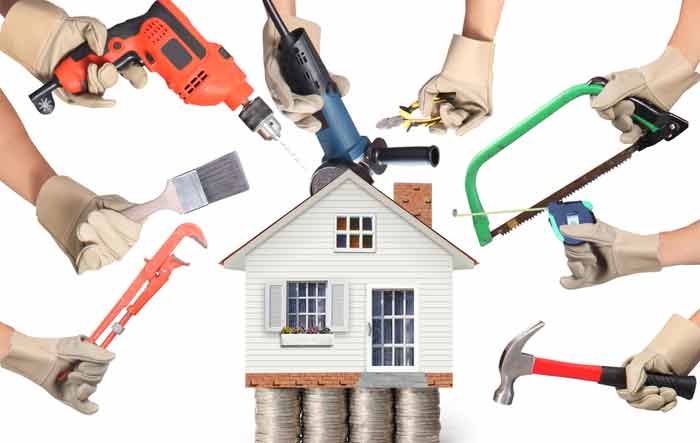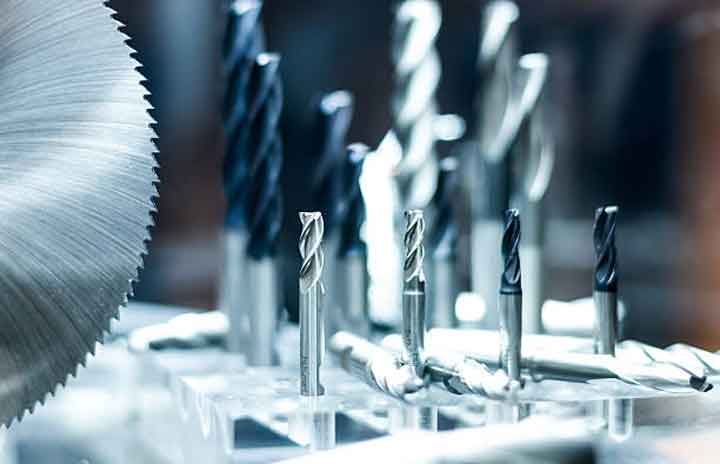3D printers are a great way to fabricate parts, prototypes and models. But when it comes time to replace your filament, where do you put the old one? It’s not like you can just throw it in the trash – even though some people might try!
That’s why we at Pick 3D Printer have come up with few ways that will help you store your filament in an organized fashion so that it lasts longer and is easier to find when you need it (and don’t end up throwing away good material!).
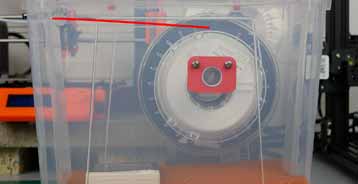
1) Keep a small plastic container near your printer so that as soon as the spool of filament finishes printing, all of the excess filament can be neatly wound around the original spool; this ensures there’s no messy excess filament.
2) If you have an old spool that’s starting to look a little worn and no longer in use, cut a square of cardboard to fit it, add or remove flaps as necessary and place it into the spool. Then cut a slit in one end of the piece of cardboard and feed the filament through it. Pull the filament out of the slit as you use it, and then wind it back onto your spool for storage.
3) Use a Sharpie marker to write down the filament manufacturer and color on an adhesive label, which can then be attached to the spool. This ensures you won’t have to guess which color is which when looking for a replacement filament; if you’re using multiple 3D printers, you can write down the printers’ names on these labels to avoid confusion.
4) Use a bread clip to attach a small piece of filament to the spool, or use our 3D-printed label holder (link) that holds an adhesive label. You can then write down the filament’s manufacturer and color on the label. This ensures you’ll never wonder which spool is which.
5) The last way to store filament is to use a 3D spool holder. There are several on the market, but the one we use is the Dual Spool. It even has an adjustable wheel to ensure your filament stays tight on the spools.
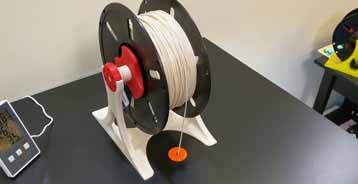
The Benefits of Storing 3d Printer Filament
- Storing your filament effectively will help you keep track of the color and type that’s on each spool.
- Storing your filament saves you money because you won’t constantly be buying new filament.
- Storing 3D printer filament will help save the environment by reusing old materials.
- It also ensures that the filament doesn’t get tangled and it saves time when you need to use it.
- Finally, you don’t have to untangle any filament when you need to start a new print.
Summary
Storing filament for a 3D printer can be really difficult and time-consuming. It’s not the most durable substance, so it will tangle very quickly if you’re not careful. In this article, we’ve provided some tips on how to store your filament in an organized fashion so that it lasts longer and is easier to find when you need it! If all of this sounds intimidating and you want help enacting these principles, let us know.

